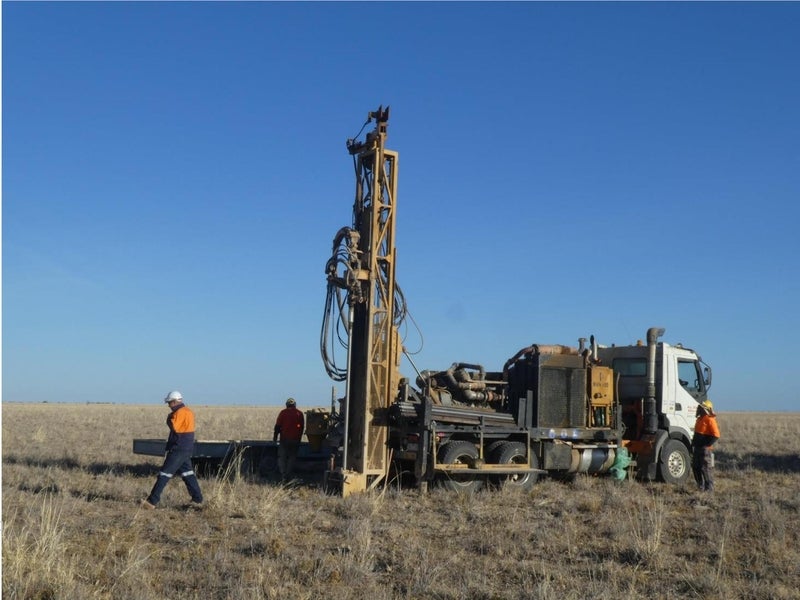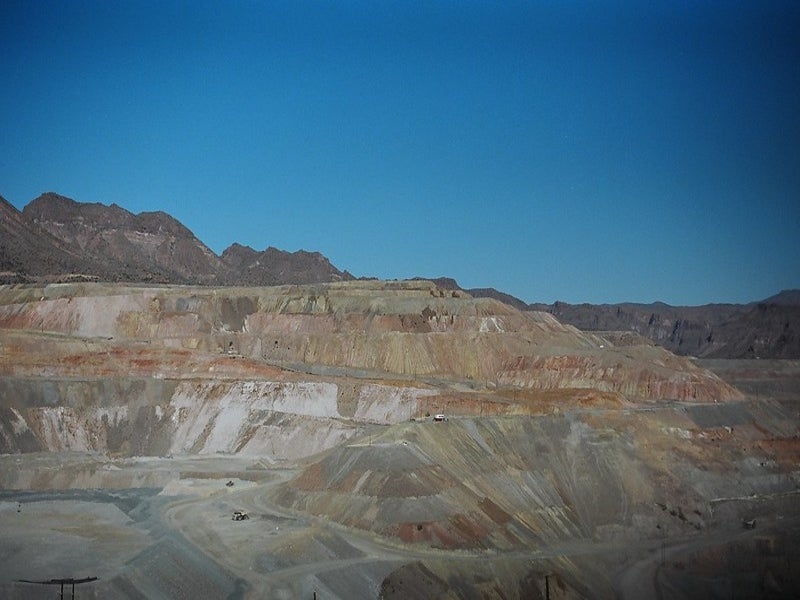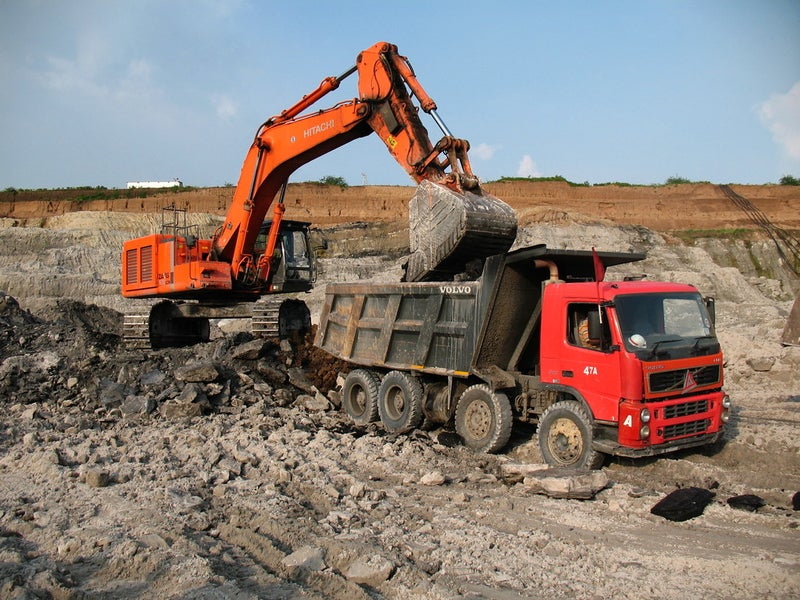The Richmond-Julia Creek project is an open-pit vanadium mine planned to be developed in central-north Queensland, Australia.
Richmond Vanadium Technology (RVT) and Horizon Minerals are developing the project through a joint venture finalised in March 2017. RVT owns 75% stake in the joint venture, while the remaining 25% is held by Horizon.
In November 2021, RVT and Horizon revealed plans to restructure the ownership of the project into a dedicated vehicle.
An updated pre-feasibility study (PFS) for the Richmond project was released in March 2022. It calls for a 20-year initial mining operation with an annual production capacity of 790,000 tonnes (t) of vanadium pentoxide (V2O5) concentrate and 12,701t of 98% V2O5 flakes.
The initial mining operation will target the higher-grade Lilyvale deposit near Richmond and is expected to require an estimated capital investment of £138.3m ($182.6m).
Location and site details
The Richmond Julia Creek vanadium project is located approximately 35km northwest of the Richmond town and 250km east of the mining town Mt Isa in northwest Queensland.
The project site is situated close to the Flinders highway and the Great Northern railway, about 500km west of the Townville port.
The mineral rights at the Richmond-Julia Creek vanadium project cover a total area of 1,520km2. It comprises Horizon’s five mineral exploration permits near Richmond, as well as the metal rights at the nearby Julia Creek project held by Global Oil Shale.
Geology and mineralisation
The Richmond project mineralisation is contained in the marine sediments of the early Cretaceous Toolebuc Formation, which is a stratigraphic unit hosted in the Eromanga Basin in central north Queensland.
The Toolebuc formation is a flat sediment that mainly comprises black carbonaceous and bituminous shale and minor siltstone containing limestone lenses and coquinites.
The Lilyvale deposit, 5m to 10m thick and 4km wide, is hosted in the shallow band of oxide marine sediments to a depth of 15m from the surface. The mineralisation starts 2m from the surface and occurs in an upper coarse limestone-rich clay oil shale unit (coquina) and a lower fine-grained carbonate clay oil shale unit.
Estimated resources and reserves
The Lilyvale deposit is estimated to hold 459.2 million tonnes (Mt) of proven and probable reserves at a grade value of 0.49% V2O5 containing 2.25Mt of V2O5 metal content.
In addition, the indicated and inferred resources at the deposit stand at 560Mt grading 0.48% V2O5.
The total mineral resources at the Richmond-Julia Creek project are estimated to be 1.8 billion tonnes (Bt) grading 0.36% V2O5.
Mining and ore processing
The Richmond-Julia Creek vanadium project will employ conventional open-pit mining method without involving drill and blast operations, given the shallow nature of the oxide pit with an average depth of 15m to 25m.
The mining fleet will include a 360t excavator, a 100t front end loader and 180t trucks to transport ore to the surface concentrator.
The extracted ore will undergo two-stage concentration to produce V2O5 concentrate and flakes.
The first stage will involve upgrading the pentoxide from the 0.49% V2O5 to a shipping grade of 1.82% V2O5 concentrate. The ore will be passed through vibrating screens and mixed with water to form a slurry for easy screening before it is sent to flotation tanks.
Froth from the final flotation tank will be sent to the tailing thickener, while the slurry concentrates will be moved to the concentrate thickener. Vacuum filters will be used for the filtration of the thickened concentrate to make a filter cake to be stored on a radial stacker prior to rail transport.
A tailings storage facility (TSF) will store nontoxic tailings resulting from the ore processing, while settling out of solids and water will be sent back to the concentrator plant.
The second stage of beneficiation will involve offshore refining of the concentrate to produce V2O5 flakes and electrolyte. The V2O5 concentrate will be transported to the Port of Townsville by rail in Rotobox containers for overseas refining.
Infrastructure facilities
Other infrastructure facilities at the Richmond-Julia Creek vanadium project will include a power station, approximately 30km of transmission lines, bores for water supply to the concentrator plant, internal roads, and a railway siding, along with administration and accommodation buildings.
Contractors involved
Hunan Nonferrous Metal Research Institute was engaged to carry out the metallurgical test works for the project.
Australian company, Faultzone, was engaged to provide the feasibility study management services as well as consulting services related to the processing facility and infrastructure.
RVT conducted geological studies and provided resource estimates, while Epic Environmental was responsible for the environmental study of the project.





